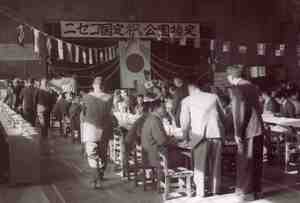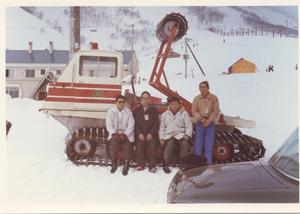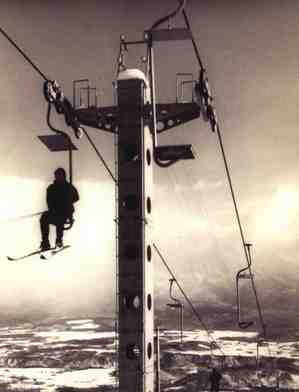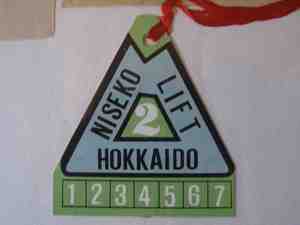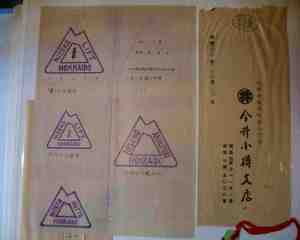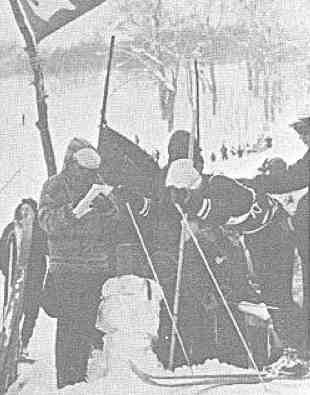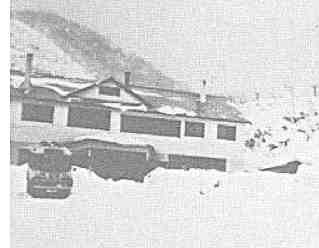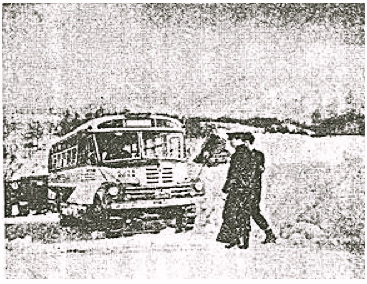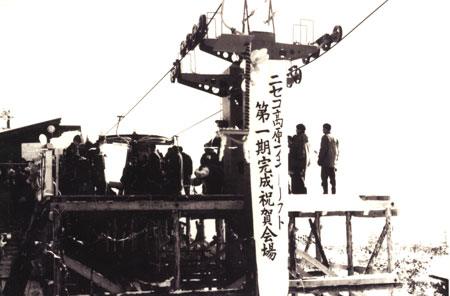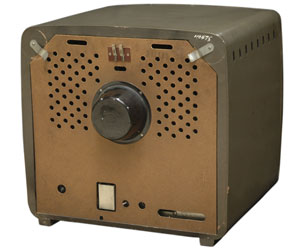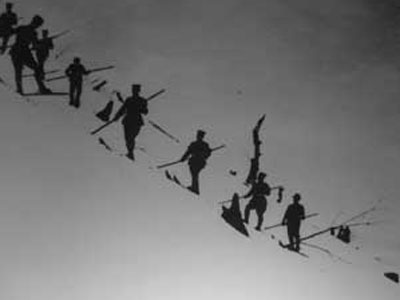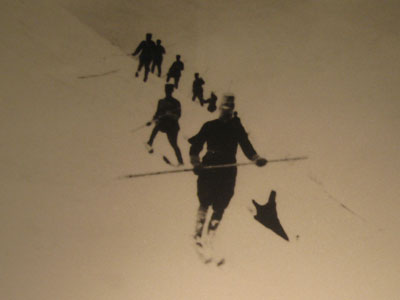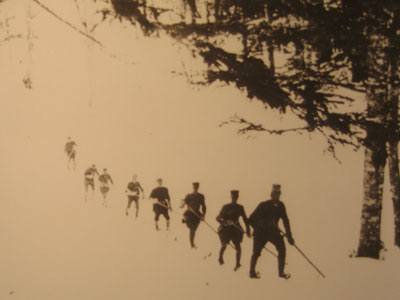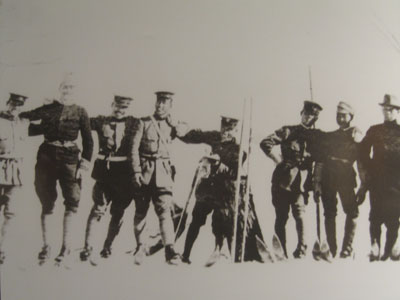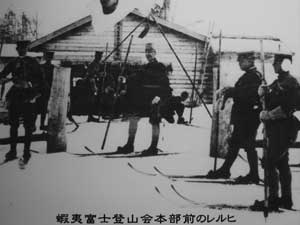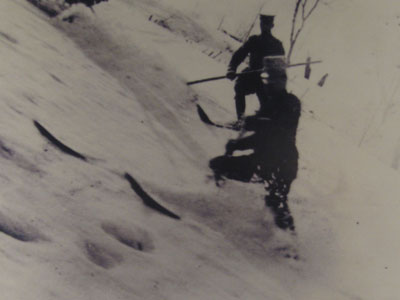In
February, 1963, Sapporo city ran for the Winter Olympics site. From
January of the next year through February, inspection team is
dispatched to the Winter Olympics held in Innsbruck, Austria by
Hokkaido and Sapporo-shi, Hokkaido ski league. Town mayor of Seikiti
Takahashi of Kucchan town joined inspection team, too. Inspection team
stayed at famous Swiss Saint Moritz for 4 days as winter resort. We
come into contact with the Mayor of St.Moritz to present by picture
postcard or badge of NISEKO, and town mayor of Takahashi opens on way
to sister city tie-up (December, 1964).
From the early days of the Showa era, Hirafu was named “Oriental
St.Moritz”. With the opportunity, Prince Chichibu which loved mountain
and ski in 1928 was that it was climbed Niseko An’nupuri with ski.
Because the St.Moritz Winter Olympics were just held in this year,
newspaper published entry called “St.Moritz of the Far East”. The
St.Moritz Winter Olympics were the Winter Olympics that Japan let
player participate for the first time.
Mr.Katumi Sawada which ran SAWADA sports shop in Otaru city was
born in Kimobetu town in 1945. When lift performed the opening of
business (1961) in Hirafu, he played an active part in Kucchan
agricultural high school skiing club. “Strong player like oneself was
able to go to school thanks to camp and expedition only for around two
days for the skiing season”. to he talked while laughing.
From junior high student to adult, various skiing club came over to
Yamada hot spring of Hirafu, Koikawa hot spring, Konbu hot spring for
camp. When Kucchan Schanze (60m grade) was completed in Asahigaoka
skiing area southern aspect in summer of 1964, the popularity of
“Hirafu” rose still more.
We mentioned ski boom that began in the whole country, but, in the
case of Hirafu, the leading role was players of ski competition along
with general skier last time. Sawada found a job in woodwork company of
Sapporo after graduation from high school and, with the goal of Sapporo
Olympics (1972) participation, entered skiing club. From the Niseko
neighborhood, skiing player of four participated in the Sapporo
Olympics, but unfortunately participation of Mr.Sawada did not come
true.
“I left company after the Olympic Games and began sports shop in Otaru
city”. Before and after Sapporo Olympics, ski population increased
steadily
 In March, 1966, Kucchan town assembly decides ski national polity
In March, 1966, Kucchan town assembly decides ski national polity
invitation of 1970. It mentioned before that there were lack of
accommodations and undeveloped traffic access, problem of the snow
removing system at the time of the lift opening of business.
Public-private action that we gave was started for solution to these
problems.




